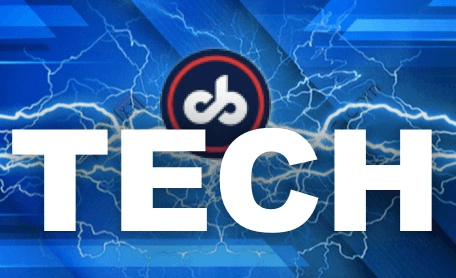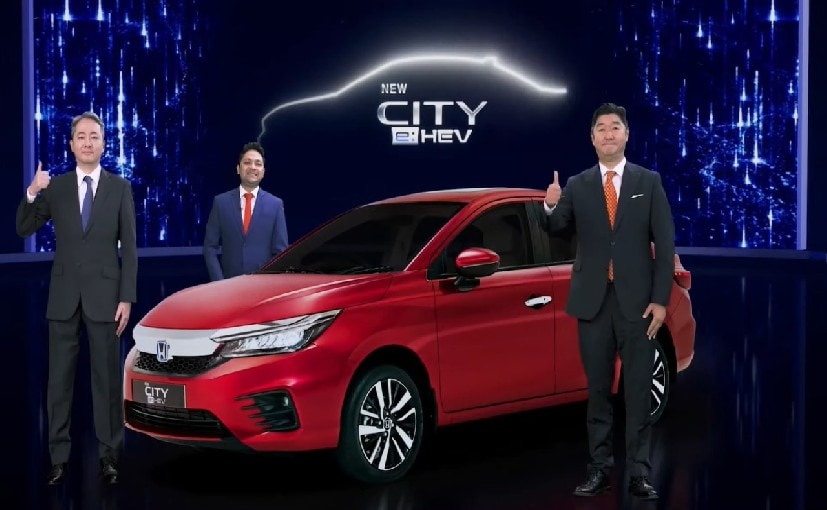The Honda City e:HEV is based on the 5th generation City but comes with bag full of tech tricks and safety features apart from the hybrid powertrain

The car will be launching later this year in India

2020 was a tumultuous year for Honda in India. Thanks to the pandemic and rather tepid response to the Civic and CRV, it announced that it would be shuttering production of the cars in India. The last two years has led many to doubt Honda’s conviction towards the Indian market where it has been a trailblazer in the executive sedan space since the late 90s. While all this has happened, the Honda City remains the class of the field in the sedan space despite the dwindling size of the segment. Honda’s issues have been further elevated by the fact as a global organisation till 2022 it had made no concrete plans of going all-electric and like Toyota was mostly betting on fuel cell-based powertrains. That changed in 2022 when it announced its intention to have a fully sustainable fuel-based product portfolio by 2030 using a combination of electric power and fuel cell-based powertrains wherever applicable. This U-turn is less shocking than the one by Toyota, but nonetheless inevitable. The launch of the Honda City e:HEV in India comes within weeks of the global announcement of the product which bodes well for its commitment to the Indian market. It is also a product that is ideally suited for India, as the country is in the early phases of a transition towards EVs – with the infrastructural piece not being remotely close to being ready and fuel prices skyrocketing every day, a hybrid car is what India needs more than a full EV unless the range issue can be resolved in the sub Rs 20 lakh mark, dramatically. The City e:HEV is loaded with gadgetry which makes it arguably the most tech-laden car Honda has launched in India.

The total output of the sedan is 126 bhp
Hybrid power
The e:HEV is predicated on Honda’s expertise with hybrid powertrains, something it has dabbled with in the past in India when it launched the Honda Civic. It gets a 1.5 litre iVTEC engine which is paired with a 2 motor hybrid setup that also gets a lithium-ion battery. The overall output of this system is 126 bhp which isn’t too different from what the City already offers in India. What’s impressive is that Honda claims if you’re driving sub 40 km/h, then you can be on electric power only. When you go above 40 km/h to say 80 km/h still you’ll be on mostly electric power as the hybrid setup kicks in automatically. Only on highways, the system will dynamically decide to use the gasoline engine for maximum performance and efficiency. Honda is promising fuel savings of up to 40 percent. And this electric system gets charged on its own – so it is not a plug-in system but the battery gets charged thanks to regeneration and the engine even when not being used to run the car is regenerating the battery. For peace of mind, the lithium battery gets an 8-year warranty as well.
Honda Sensing

It is the first car Honda has brought to India which gets Honda Sense
Perhaps what’s surprising and a leap from what the segment already offers is the introduction of Honda’s ADAS stack – Sensing. Honda Sensing fuses, cameras, sensors, and silicon to give a comprehensive ADAS suite. It gets collision mitigation braking systems, road departure mitigation systems, adaptive cruise control, lane keep assist, traffic signal recognition, blind spot information, cross-traffic monitor, auto high beam headlights, automatic parking brakes, and 360-degree view parking cameras. This is by far the most ADAS capability in a sedan in the sub 20 lakh segment, but SUVs like the MG Astor and Mahindra XUV 700 perhaps have slightly more advanced functionality. It is interesting while capabilities are quite similar, Honda isn’t referring all this tech to ADAS or autonomous capabilities but boxing them under a pure safety angle. It also helps the car comes with 6 airbags and has a 5-star rating in the ASEAN NCAP rating which bodes decently for its overall Global NCAP rating which is another area the likes of Hyundai, Kia, Maruti Suzuki have been laggard. It also gets VSC, ESC, Traction control, ABS and Agile handling assist. The seats even have the ISOFIX mounts.
In Car Creature Comforts
Honda is going heavy on the tech and that also means what you get inside the car. Already the current City allows for Alexa connectivity and Apple CarPlay and Android Auto. Honda has added Google Assistant support as well now, apart from support for select smartwatches which weirdly missEs out on the Apple Watch. In the demo, they showed off an Android Wear-based smartwatch but they emphasised that this too is also for select smartwatches as it extends the connected car capability allowed by the Honda Connect app onto the wearable. As for the screens, the virtual instrument cluster gets a 7-inch panel while the main infotainment screen gets a plush 8-inch panel. There is also a premium 8-speaker sound system in the car and an electric sunroof with soothing ambient lighting inside. There is also a pollen filter that’s embedded in the car and there is a rear shade as well apart from the keyless system that Honda has been using.
0 Comments
The Honda City e:HEV as its name suggests is the pragmatic car for the Indian urban city. Especially now that it gets hybrid power, a litany of technology-driven safety features and creature comforts that are often had in cars a segment above, this is the car for the pragmatic, environmentally conscious, and financially smart city dweller, but not the thoroughbred motorhead who’d rather be beaming in either Skoda Slavia or a Volkswagen Virtus with its 1.5-litre petrol engine.
For the latest auto news and reviews, follow carandbike.com on Twitter, Facebook, and subscribe to our YouTube channel.
